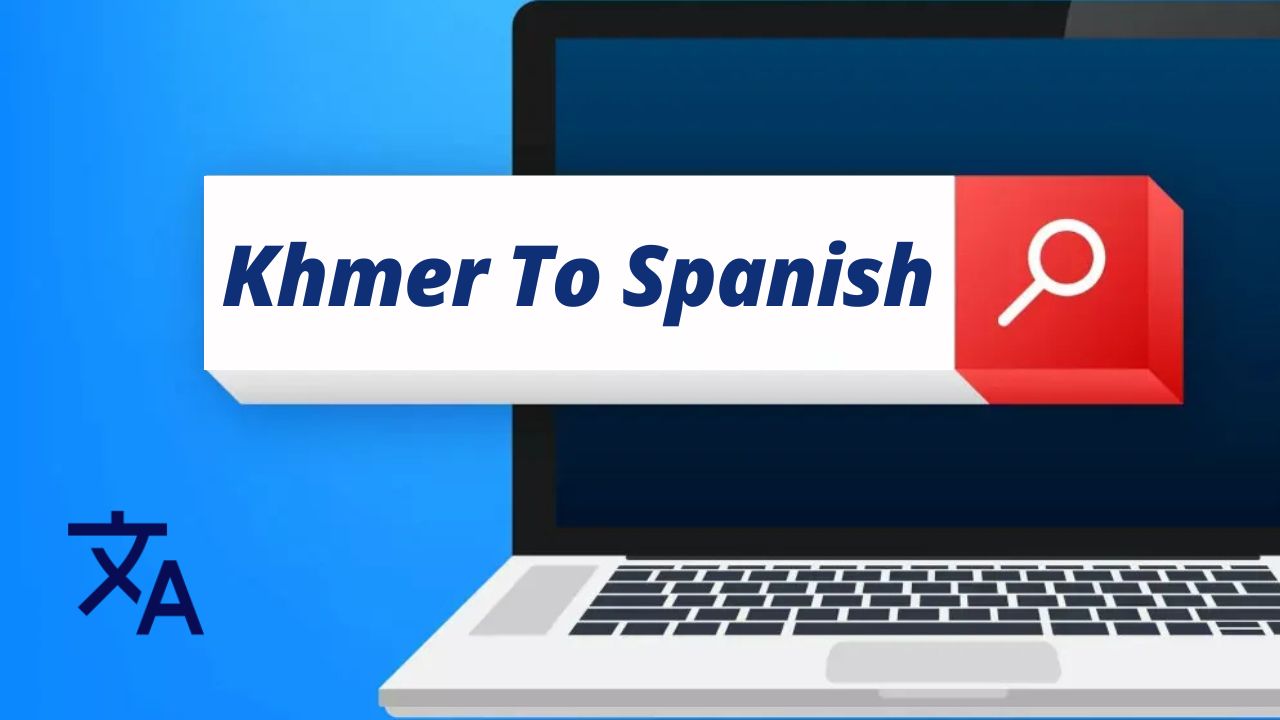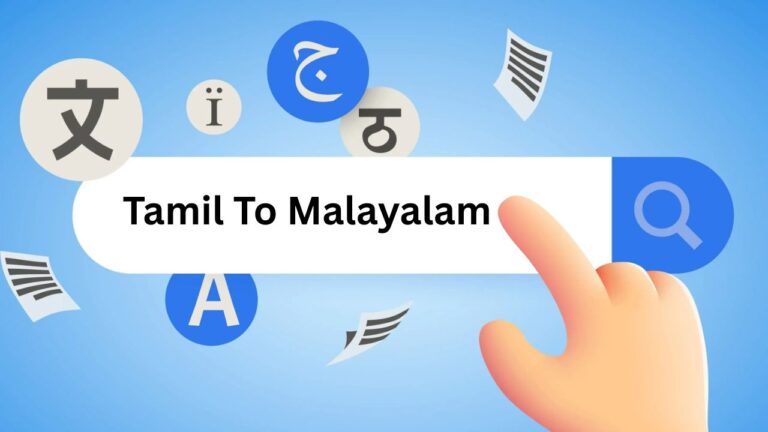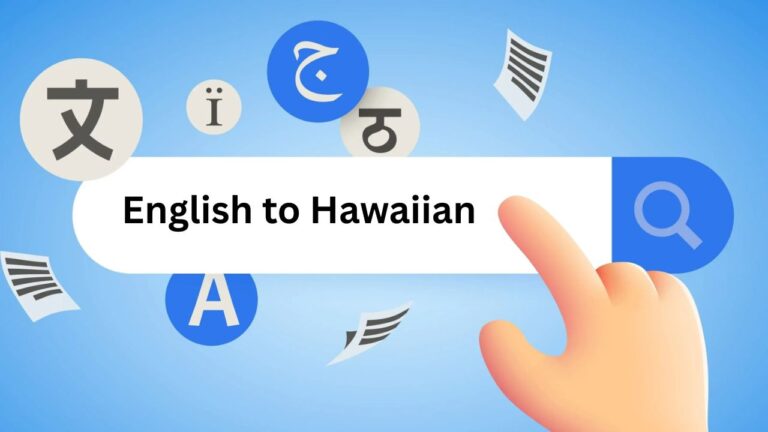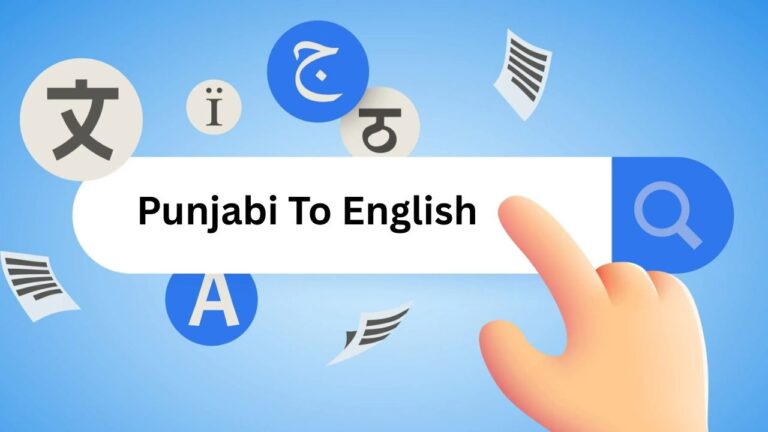Khmer to Spanish Translation
In an increasingly connected world, Khmer to Spanish translation is becoming an essential service for businesses, travelers, and individuals. Khmer, the official language of Cambodia, and Spanish, one of the most widely spoken languages globally, belong to completely different linguistic families, which makes translating between them both fascinating and challenging. This guide will explore the process, challenges, tools, and benefits of accurate Khmer to Spanish translation.
Understanding the Two Languages
- Khmer (Cambodian)
Spoken primarily in Cambodia, Khmer is part of the Austroasiatic language family. It uses an abugida script derived from ancient Indian Brahmi, making its writing system complex for learners from Latin-script backgrounds. - Spanish
A Romance language spoken by more than 500 million people worldwide. It uses the Latin alphabet and has relatively straightforward pronunciation rules compared to Khmer.
Because these languages have different scripts, grammar structures, and cultural nuances, translating between them requires more than just word-for-word substitution.
Why Khmer to Spanish Translation is Important
- Business Expansion – Companies looking to operate in both Southeast Asian and Spanish-speaking markets need clear and accurate communication.
- Tourism – Spanish travelers in Cambodia (or Cambodians visiting Spanish-speaking countries) benefit greatly from translated guides, menus, and signs.
- Education – Language learners and researchers use translation to study cultural and linguistic differences.
- Legal and Immigration Services – Official documents often require professional translation to meet legal standards.
Challenges in Khmer to Spanish Translation
- Different Scripts – Khmer script is visually and structurally different from Spanish, making automated translations tricky.
- Cultural Context – Idioms, humor, and expressions often have no direct equivalent.
- Tone and Formality – Khmer has various politeness levels depending on the relationship between speakers, while Spanish uses formal (“usted”) and informal (“tú”) address.
- Technical Vocabulary – Specialized fields like law, medicine, or engineering require expert translators familiar with industry terms.
Best Tools for Khmer to Spanish Translation
While professional translators are always recommended for high-stakes work, several tools can assist with quick translations:
- Google Translate – Offers basic Khmer to Spanish translation but may lack accuracy in complex sentences.
- Microsoft Translator – Good for text and speech translations.
- Lingvanex – Supports text, voice, and image translation.
- Cambodian Dictionary Apps – Useful for checking specific words or phrases before converting to Spanish.
Tips for Accurate Khmer to Spanish Translation
- Understand the Context – Literal translations often fail; always interpret meaning before converting.
- Check Grammar and Syntax – Ensure proper sentence structure for natural-sounding Spanish.
- Verify with Native Speakers – A native speaker can help refine translations for cultural accuracy.
- Use Translation Memory Tools – Especially useful for repetitive content in business or legal documents.
Professional vs. Automated Translation
- Professional Translators – Best for accuracy, tone, and cultural adaptation.
- Automated Tools – Faster and cheaper, but prone to errors, especially with idiomatic or formal Khmer.
Future of Khmer to Spanish Translation
With advancements in AI and natural language processing, Khmer to Spanish translation will continue improving. Future tools may better handle complex grammar, context recognition, and even voice tone.
Related Queries People Search About Khmer to Spanish
- How to translate Khmer script into Spanish
- Best Khmer to Spanish dictionary apps
- Professional Khmer to Spanish translation services
- Can Google Translate handle Khmer to Spanish?
- Tips for learning Khmer if you speak Spanish
Final Thoughts
Translating Khmer to Spanish is more than swapping words; it’s about bridging cultures. Whether you’re a business owner, traveler, or student, understanding the nuances of both languages will help you communicate more effectively. For important tasks, always choose professional translation over free automated tools to ensure accuracy and cultural relevance.







